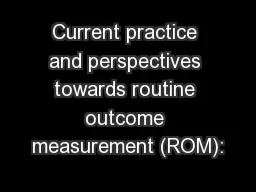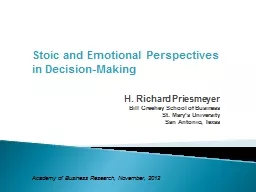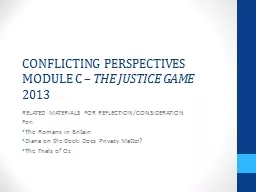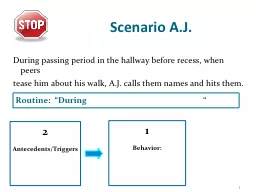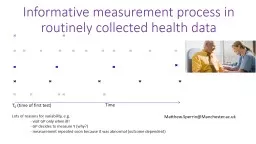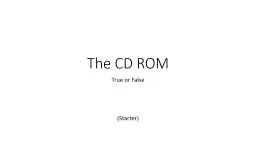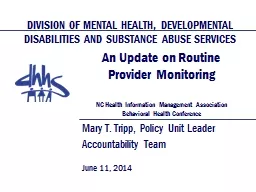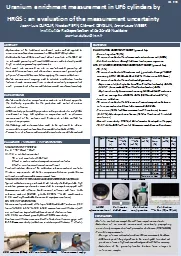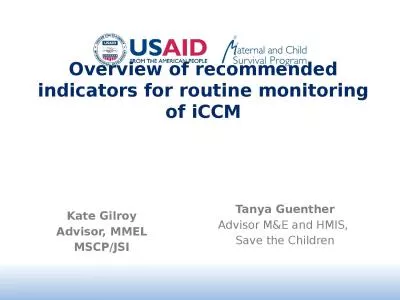PPT-Current practice and perspectives towards routine outcome measurement (ROM):
Author : debby-jeon | Published Date : 2018-03-18
a survey across UK CAMHS services Holly Bear PhD Student UCL amp EBPU Background Research question Survey development Method Results Implications Overview
Presentation Embed Code
Download Presentation
Download Presentation The PPT/PDF document "Current practice and perspectives toward..." is the property of its rightful owner. Permission is granted to download and print the materials on this website for personal, non-commercial use only, and to display it on your personal computer provided you do not modify the materials and that you retain all copyright notices contained in the materials. By downloading content from our website, you accept the terms of this agreement.
Current practice and perspectives towards routine outcome measurement (ROM):: Transcript
Download Rules Of Document
"Current practice and perspectives towards routine outcome measurement (ROM):"The content belongs to its owner. You may download and print it for personal use, without modification, and keep all copyright notices. By downloading, you agree to these terms.
Related Documents

